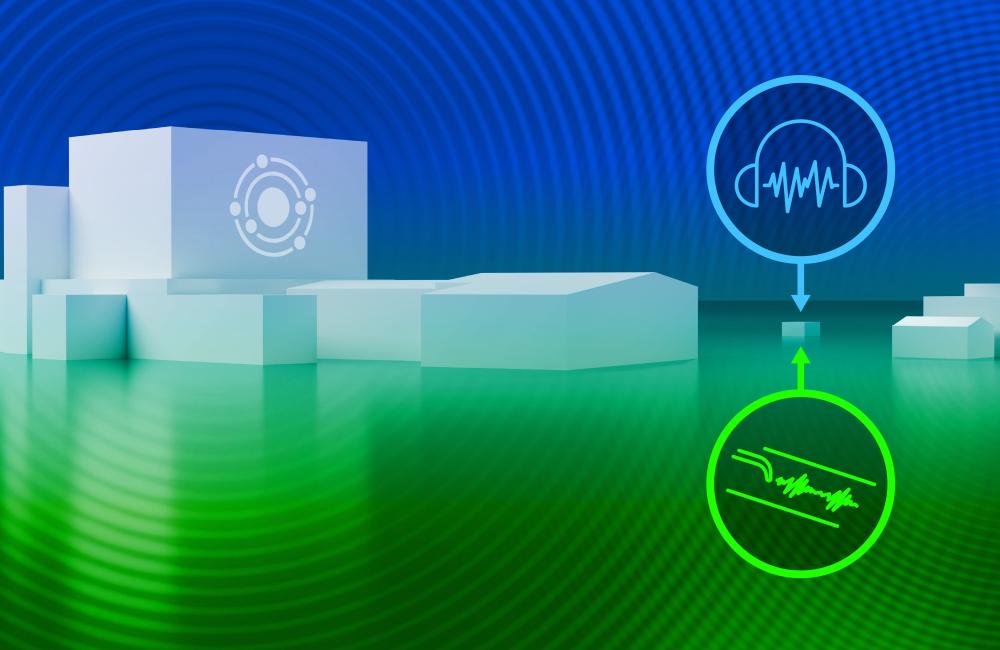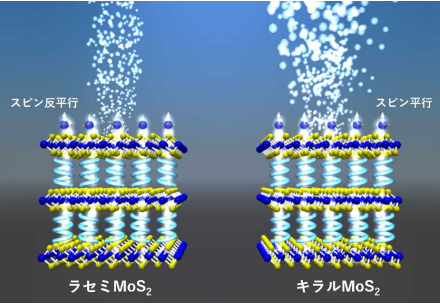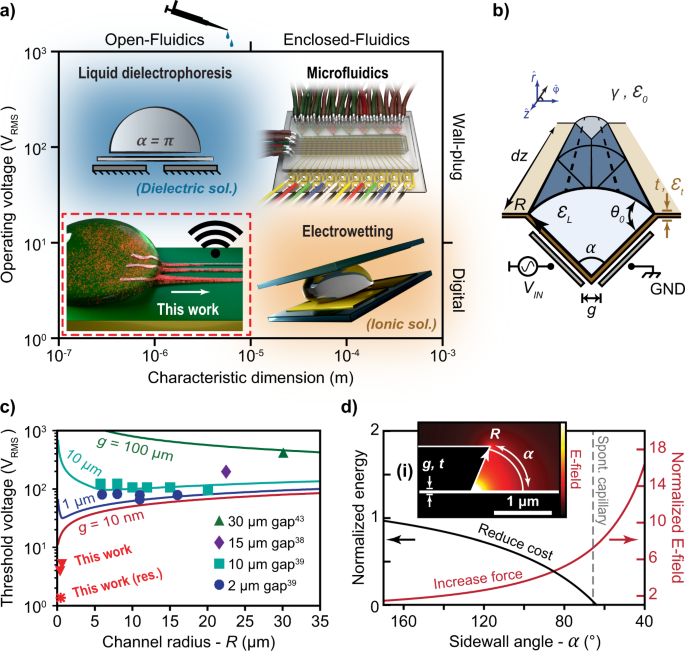2022-05-02 オークリッジ国立研究所(ORNL)

With seismic and acoustic data recorded by remote sensors near ORNL’s High Flux Isotope Reactor, researchers could predict whether the reactor was on or off with 98% accuracy. Credit: Nathan Armistead/ORNL, U.S. Dept. of Energy
同研究所にある高フラックス同位体原子炉をテストベッドとして、研究者は施設の近くに遠隔センサーを設置し、継続的にデータを記録した。その結果、原子炉の運転・停止を98%の精度で予測できたと発表した。また、地震音響活動が原子炉の運転に起因するものか、近くの冷却塔の機器振動など他の原因によるものかを判別することができた。
<関連情報>
- https://www.ornl.gov/news/seismic-feeling-it-out
- https://pubs.geoscienceworld.org/ssa/srl/article-abstract/93/3/1660/612374/Monitoring-Operational-States-of-a-Nuclear-Reactor?redirectedFrom=fulltext
地震音響信号と機械学習による原子炉の運転状態監視 Monitoring Operational States of a Nuclear Reactor Using Seismoacoustic Signatures and Machine Learning
Chengping Chai;Camila Ramirez;Monica Maceira;Omar Marcillo
Seismological Research Letters Published:March 09, 2022
DOI:https://doi.org/10.1785/0220210294
Abstract
Monitoring nuclear reactors is an important safety and security task with growing requirements. We explore the possibility of using seismic and acoustic data for inferring the power level of an operating reactor. Continuous data recorded at a single seismoacoustic station that is located about 50 m away from a research reactor was visualized and analyzed. The data show a clear correlation between seismoacoustic features and reactor main operational states. We designed a workflow that includes two machine learning (ML) models to classify the reactor operational states (OFF, transition, and ON) and estimate reactor power levels (10%, 30%, 50%, 70%, and 90%). We applied and compared five ML algorithms for the reactor OFF‐transition‐ON and four approaches for the power level classification. We also compared the performance of ML models trained with seismic‐only, acoustic‐only, and both types of data. Five‐fold cross validations were implemented to assure a thorough evaluation of the model performances. The results show the extreme boosting gradient algorithm worked best for the first model, whereas random forests performed best for the second model. Combining seismic and acoustic data leads to better performance than using a single type of data. Seismic data contributed more than acoustic data for both models. We reached an accuracy of 0.98 for reactor OFF and ON. The accuracies for the transition state and power levels are less optimal with a minimum accuracy of 0.66. However, our results suggest seismic and acoustic data contain useful information about the transition state as well as power levels. Seismic and acoustic data could be integrated with other observations to improve monitoring performance.



